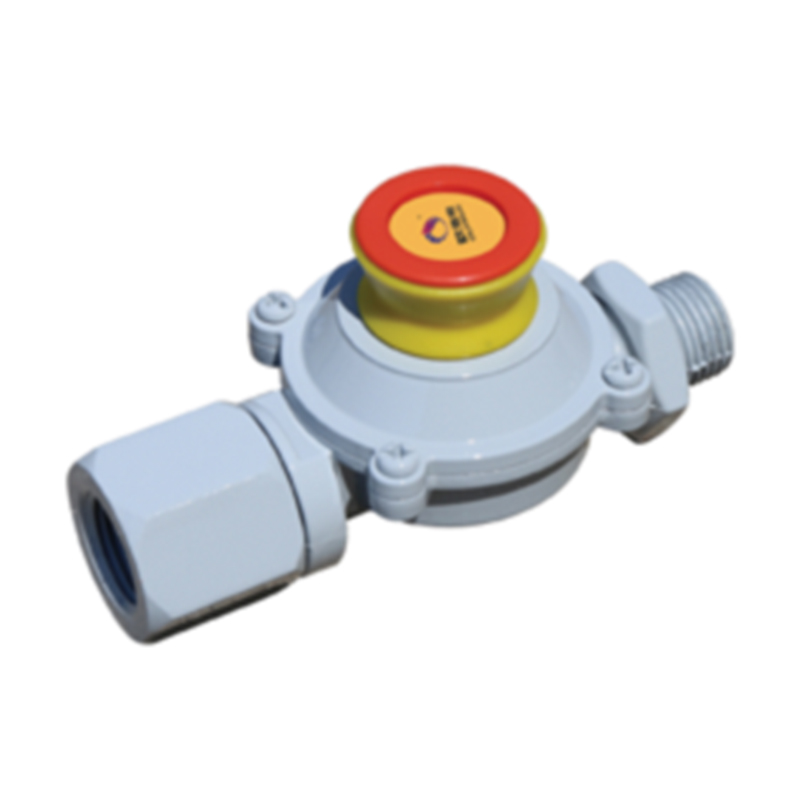
Sep . 02, 2024 00:10
Back to list
Electric Regulating Valve - Enhance Precision Control in Fluid Systems
Understanding Electric Regulating Valves Importance and Applications
Electric regulating valves play a crucial role in various industrial applications, enabling precise control of fluid flow and pressure within systems. These valves automatically adjust the flow rate or pressure of liquids and gases based on signals from a control system, ensuring optimal operation of machinery and processes.
One of the primary advantages of electric regulating valves is their ability to provide accurate control. Traditional manual valves require human intervention, which can lead to inconsistencies and inefficiencies. In contrast, electric regulating valves utilize electric actuators that respond swiftly to changes in system conditions, allowing for real-time adjustments. This capability is especially important in processes where maintaining specific flow rates or pressures is critical, such as in chemical processing, water treatment, and HVAC systems.
The construction of electric regulating valves typically includes a body, an actuator, and a control device. The actuator is the component that moves the valve stem, adjusting the valve position according to the control signal it receives. This can be in the form of a 4-20mA signal from a process controller, for instance. The design of these valves can vary, including globe, ball, and butterfly types, each suited to different applications and flow characteristics.
electric regulating valve

In addition to their precision, electric regulating valves offer enhanced energy efficiency. By allowing for fine-tuning of flow and pressure, these valves help reduce energy consumption and minimize waste. This is particularly significant in industries where operating costs can substantially impact profitability.
Moreover, electric regulating valves contribute to improved process safety. By automatically adjusting to changes in flow or pressure, they can prevent dangerous situations such as over-pressurization or flow surges. Many modern electric valves are also equipped with diagnostic features, which enable early detection of potential issues, thereby enhancing overall system reliability.
In conclusion, electric regulating valves are essential components in modern industrial systems. Their ability to provide precise control, improve energy efficiency, and enhance safety makes them a preferable choice for many applications. As industries continue to prioritize automation and efficiency, the demand for electric regulating valves is expected to grow, further solidifying their significance in the realm of fluid control technology. Whether in manufacturing, energy production, or environmental management, these valves are set to remain a key player in optimizing system performance.
Latest news
-
Safety Valve Spring-Loaded Design Overpressure ProtectionNewsJul.25,2025
-
Precision Voltage Regulator AC5 Accuracy Grade PerformanceNewsJul.25,2025
-
Natural Gas Pressure Regulating Skid Industrial Pipeline ApplicationsNewsJul.25,2025
-
Natural Gas Filter Stainless Steel Mesh Element DesignNewsJul.25,2025
-
Gas Pressure Regulator Valve Direct-Acting Spring-Loaded DesignNewsJul.25,2025
-
Decompression Equipment Multi-Stage Heat Exchange System DesignNewsJul.25,2025

